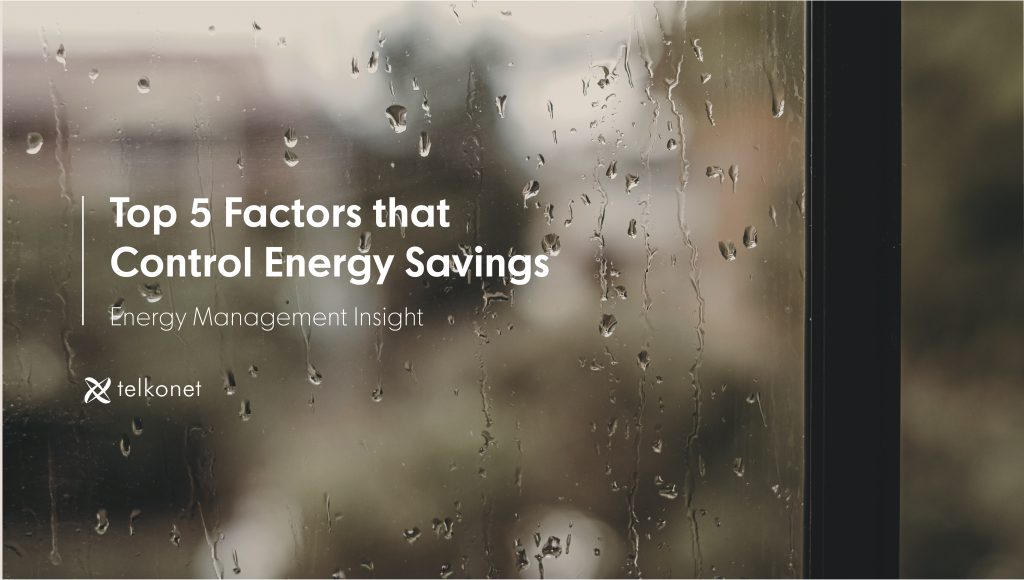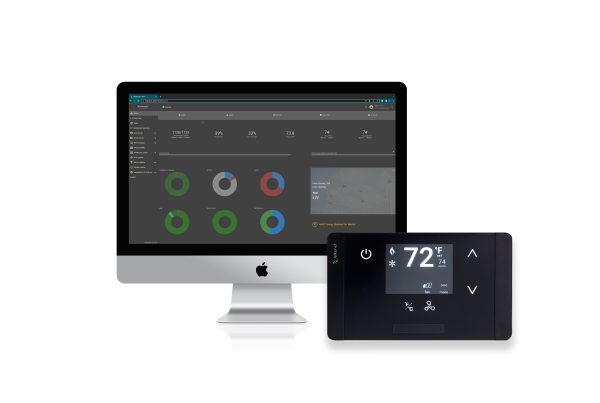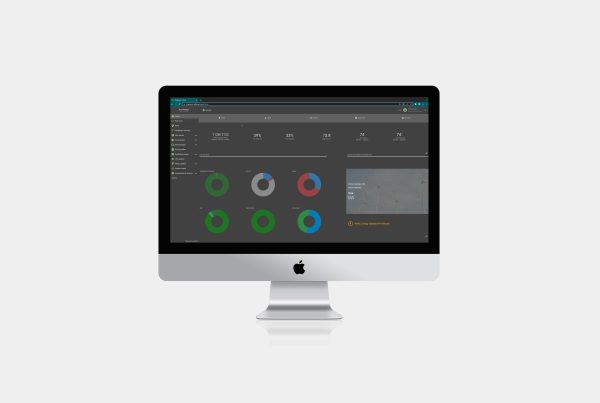 We Considered 5 Drivers There are five drivers for EMS project payback. We set out to learn which are the most powerful drivers affecting project payback. We gathered 10+ years of real-time savings data and analyzed the following elements that affect each of our properties:
We Considered 5 Drivers There are five drivers for EMS project payback. We set out to learn which are the most powerful drivers affecting project payback. We gathered 10+ years of real-time savings data and analyzed the following elements that affect each of our properties:
1. Humidity Ranges
2. Temperature Ranges
3. Electrical Rates
4. Natural Gas Rates
5. HVAC Types
Humidity
An overabundance of humidity causes extensive property damage and can threaten the health of certain people.
When an EMS is in place, the HVAC system works aggressively to remove high humidity when no one is present, then prioritizes occupant comfort when they return.
The payoff is lower relative humidity and healthier living spaces without damage to furniture, walls, tile, etc. The price to be paid is the sacrifice of some energy savings during this initial period of aggressive dehumidification. Once complete, increased energy savings can then continue to be pursued.
Temperature
By reducing your heating and cooling degree days (such as not running the HVAC at all when you are not in the room), you are reducing your HVAC energy costs in direct proportion to the total amount of heating and cooling degrees days you don’t use. The fewer degree days you use, the faster the project payback, and the greater the monetary savings stream long term.
Electrical Rates
Electricity supply is widely available across the U.S., and certainly even more so than natural gas supply.
The higher the electricity rates, the faster your payback. If you’ve been paying exorbitant electricity rates (such as in Hawaii), and you reduce your usage in such degree days, your payback time is shortened.
In terms of payback, in general, reducing electricity consumption will shorten EMS project payback.
Natural Gas Rates
Natural gas for heating has become increasingly more efficient over the years. Its rate structure is based upon a fixed-price cost for supply. So the more you use it, the less per therm it costs.
The low rates of natural gas along with high heating efficiency most definitely do reduce HVAC heating operating costs long-term
HVAC Type
Generally speaking, PTACs are less efficient than fan coils. Their basis is electrical power use as opposed to central boiler and chiller use. Our analysis of the data collected over the last decade shows there is only a two-month difference between project paybacks for PTAC/PTHPs and those for fan coil units when using occupancy-based thermostats. PTAC/PTHPs have a slight advantage when it comes to shorter payback. This is because PTAC/PTHPs are electricity-based, and not boiler/chiller based. And since electricity is comparatively more expensive than natural gas, project payback is thus somewhat faster.
Region
An attractive EMS payback (2-5 years) is achievable across the entire US. Electricity rates are of such an impact that any location can benefit from EMS deployment. Regions with the combination of cold temperatures and high electricity rates have the edge on offering the shortest EMS payback time. This is because, in cold climates, there are high numbers of both heating degree days AND cooling degree days, unlike areas with hot temperatures only, where there are only cooling degree days.
Take-Aways
● Electricity prices have a broad and deep impact on payback.
● Temperature versus total heating and cooling degree days drives payback.
● Actual guestroom occupancy aggressively drives savings and payback.
● Recovery Time® optimizes payback regardless of HVAC Type.
● Effective passive dehumidification solutions such as Telkonet’s Refresh Cycle® lengthen payback but save furniture, walls, carpeting and guest/occupant health.
● EMS payback of less than three-years is feasible across the U.S.


